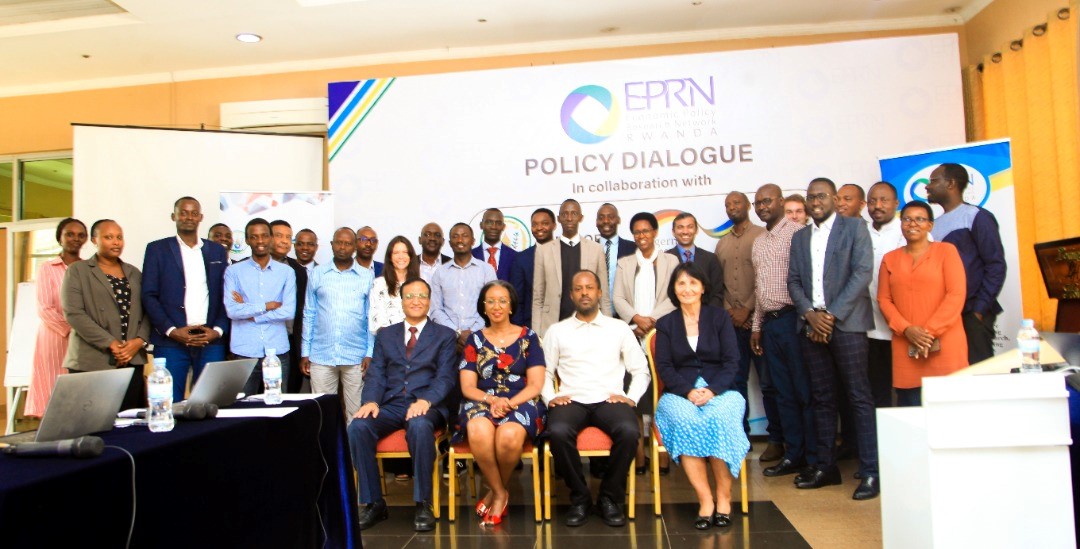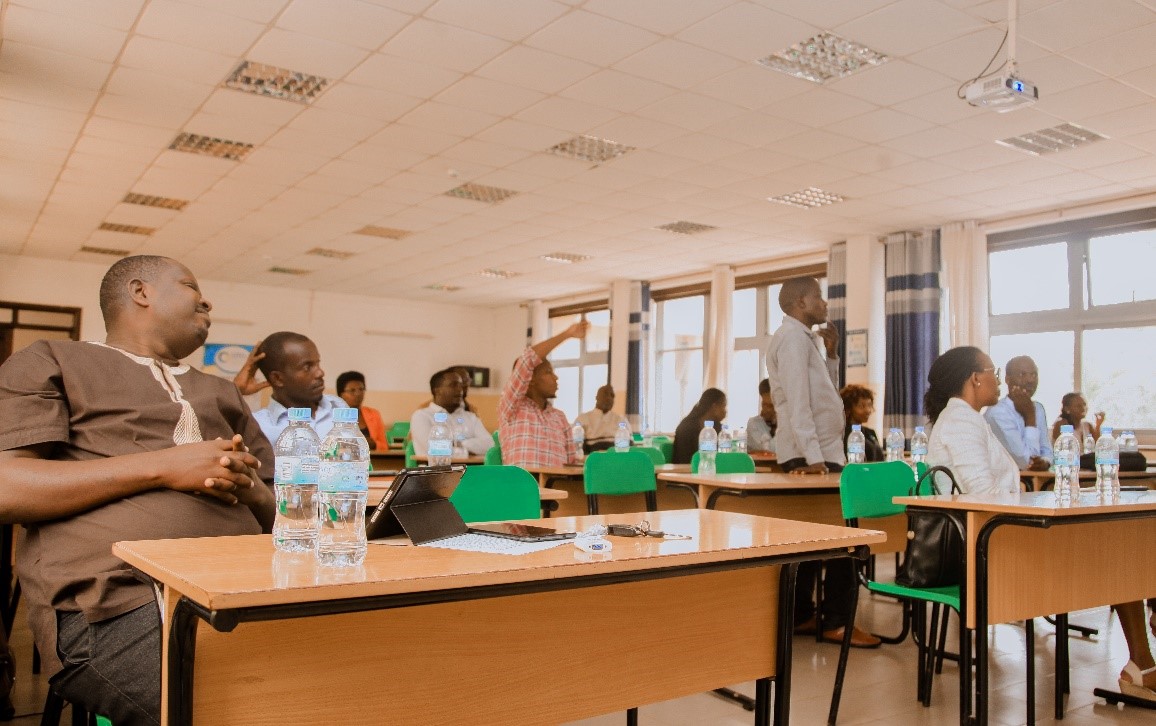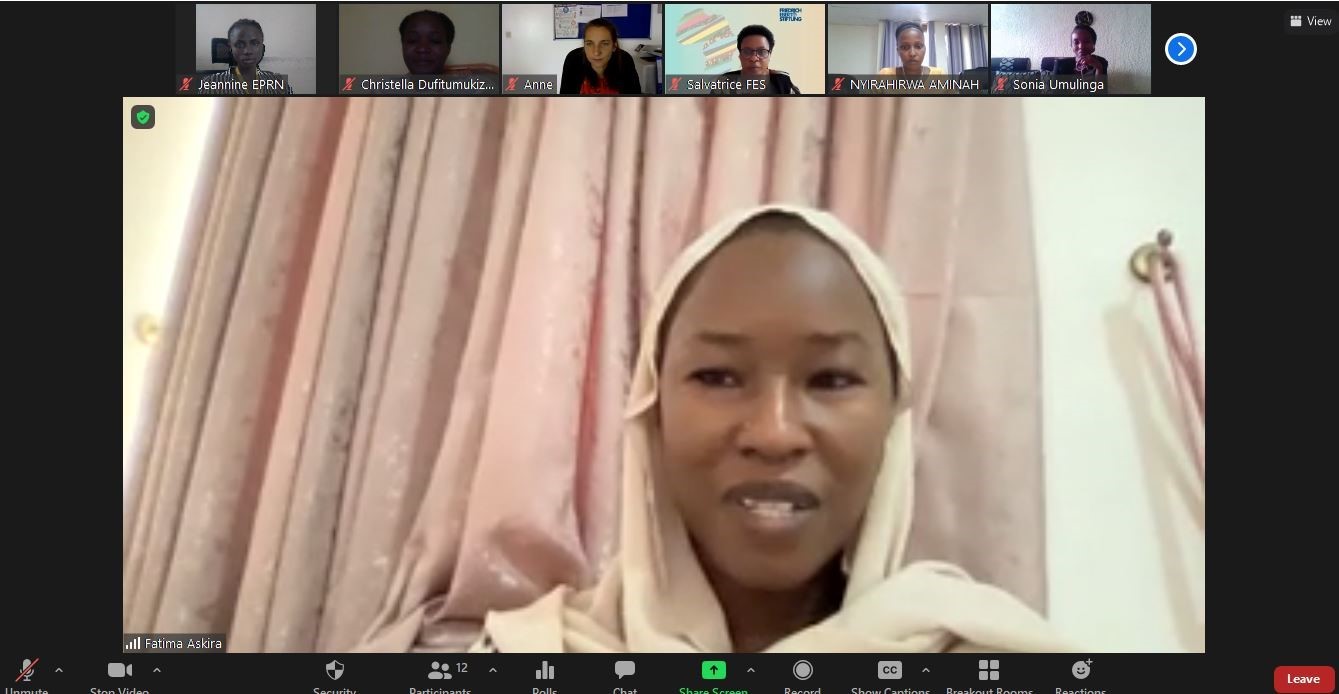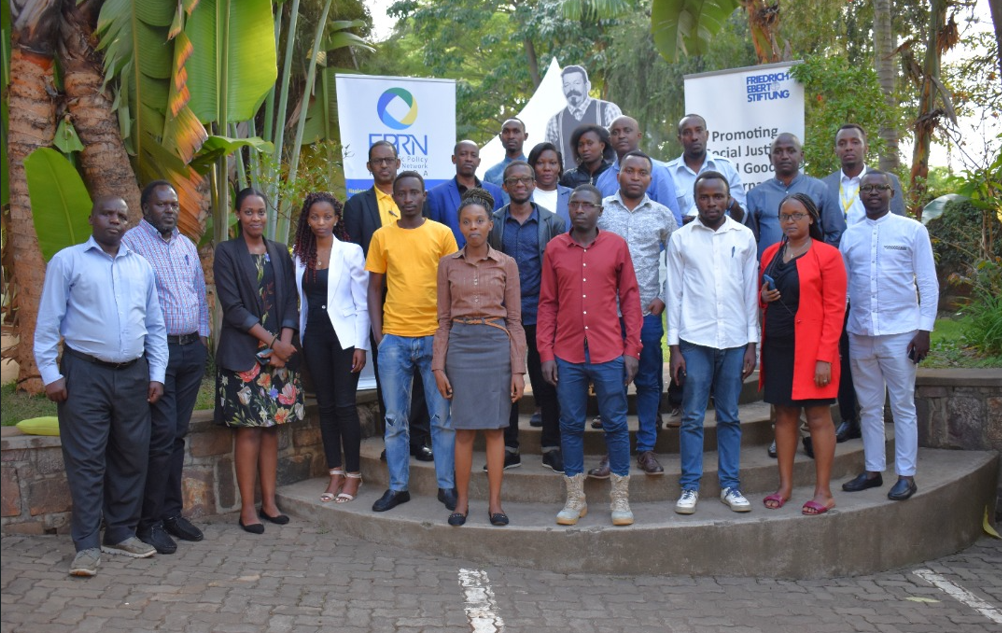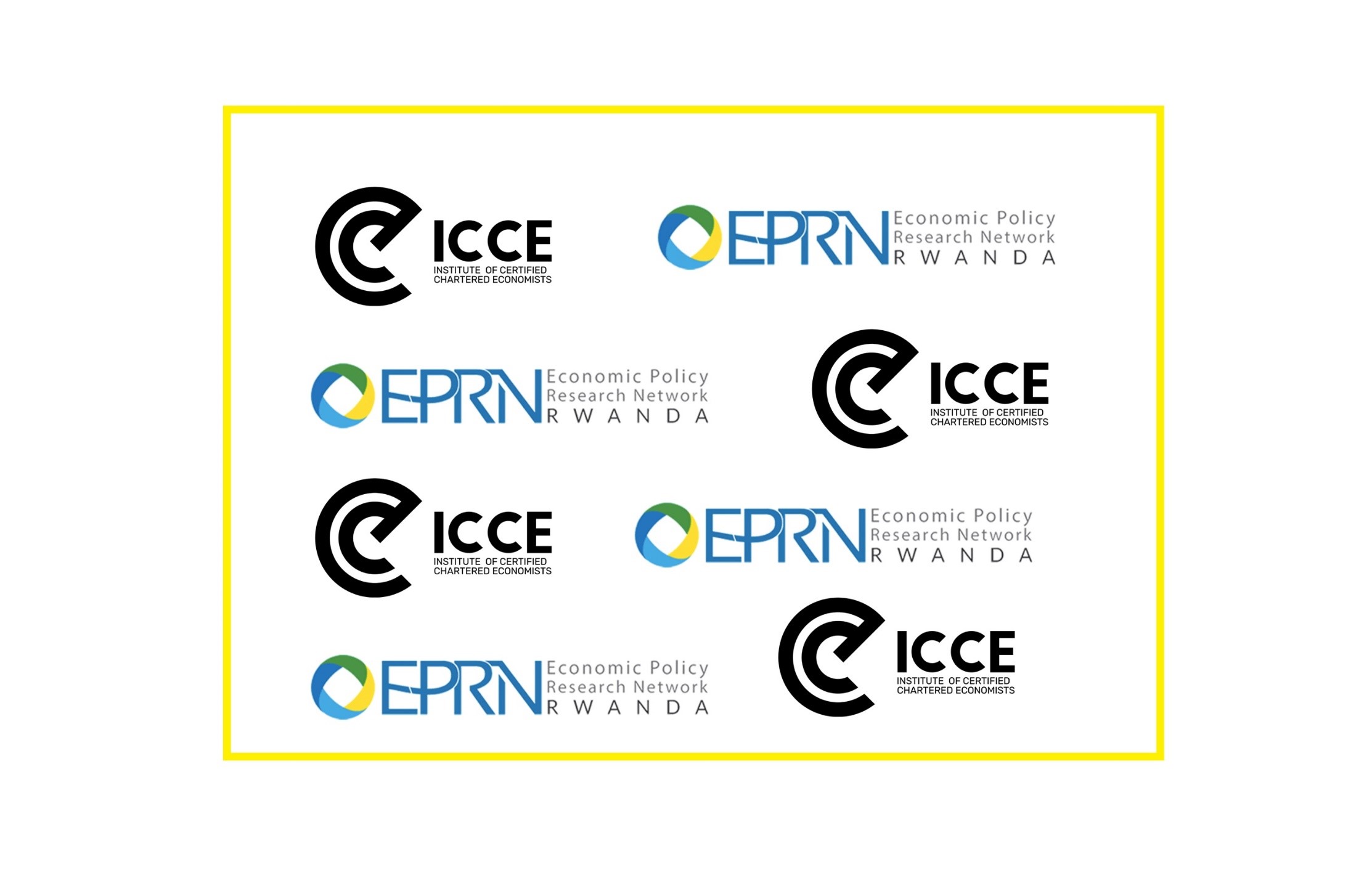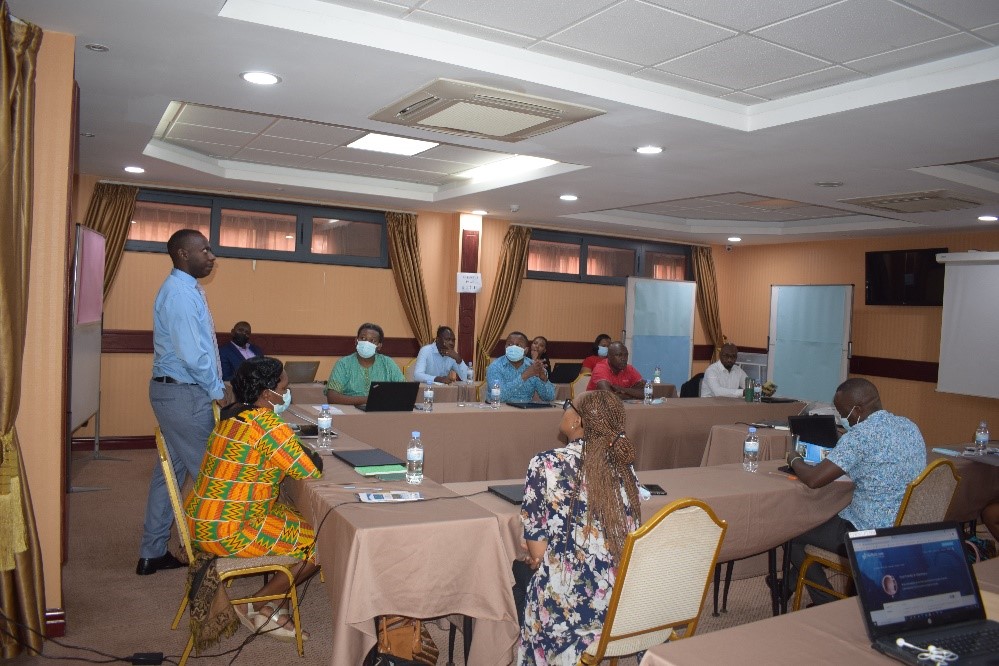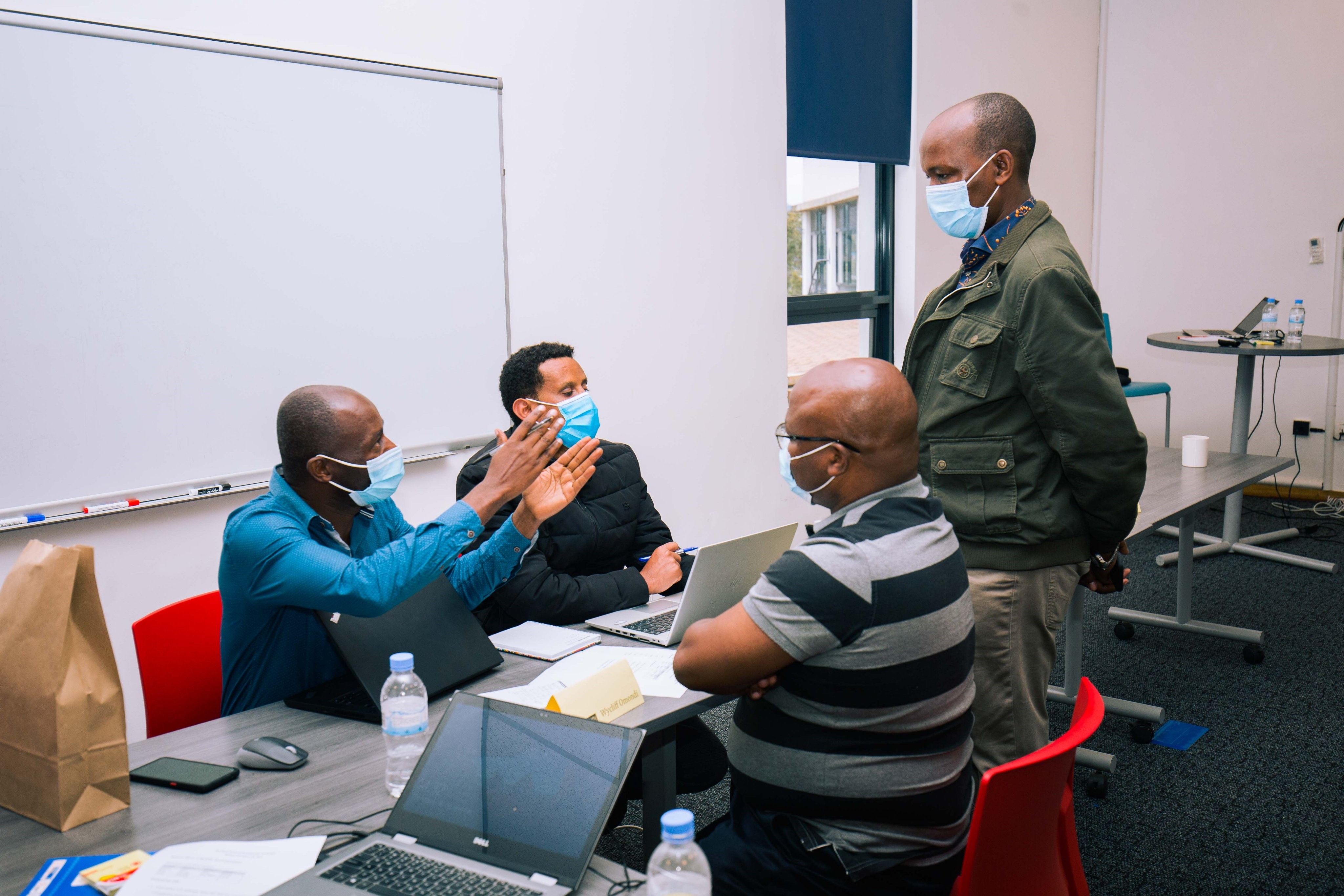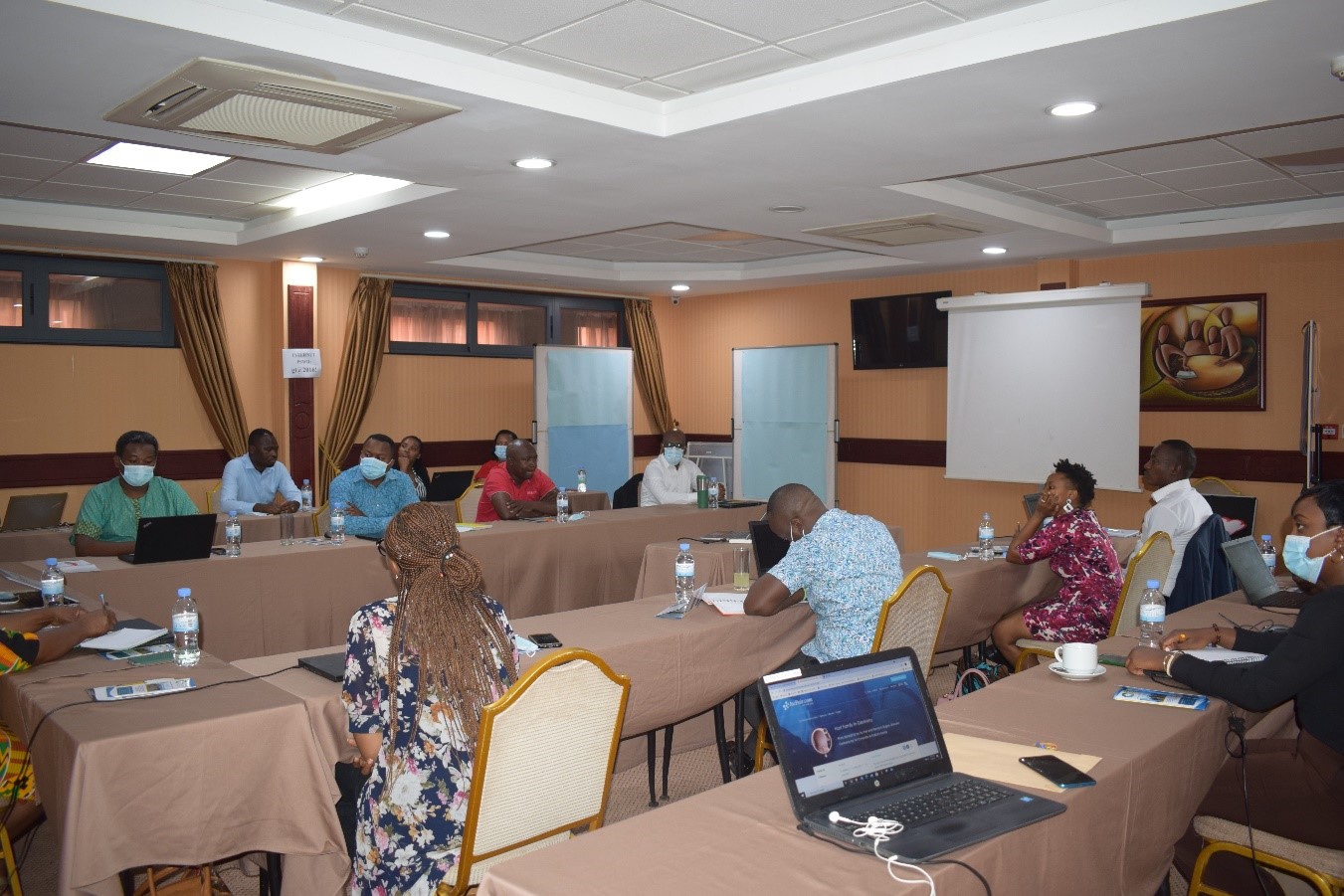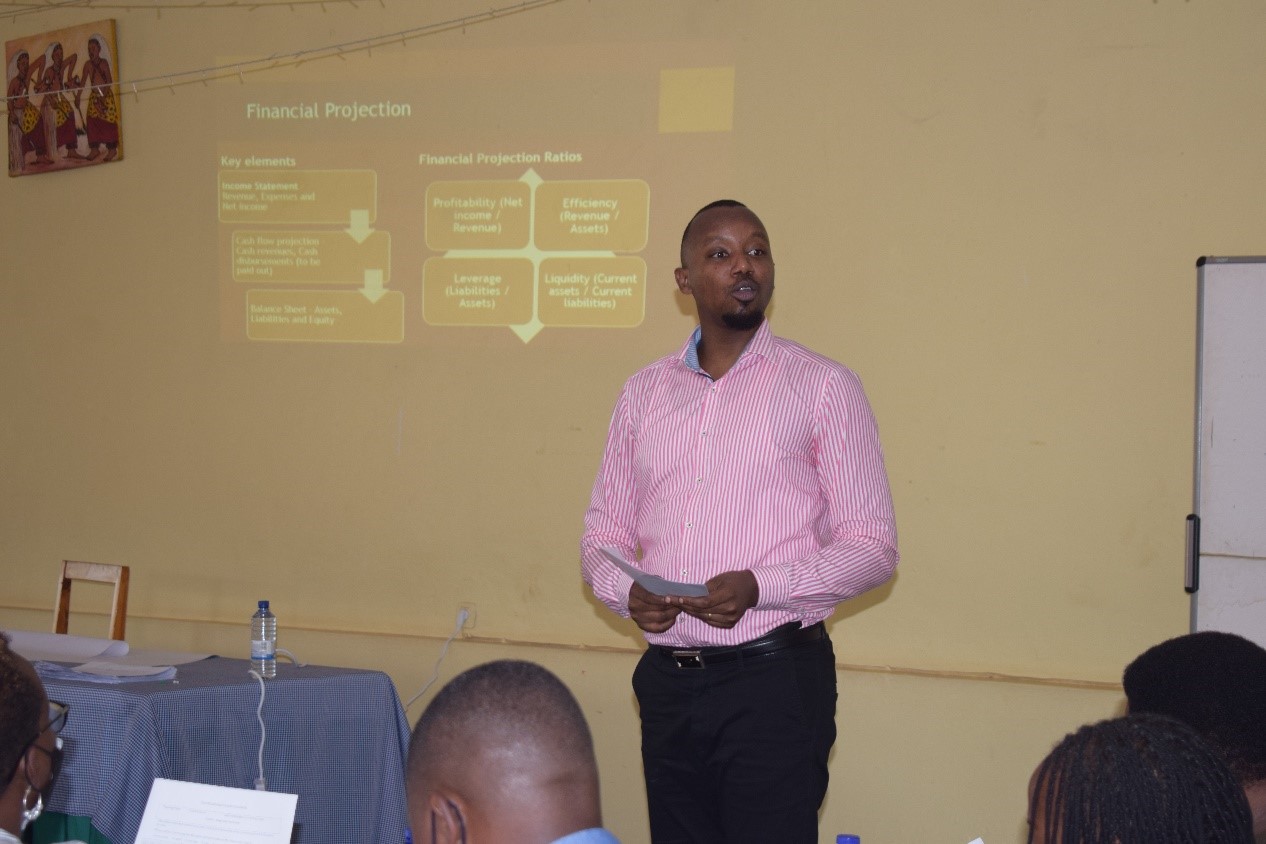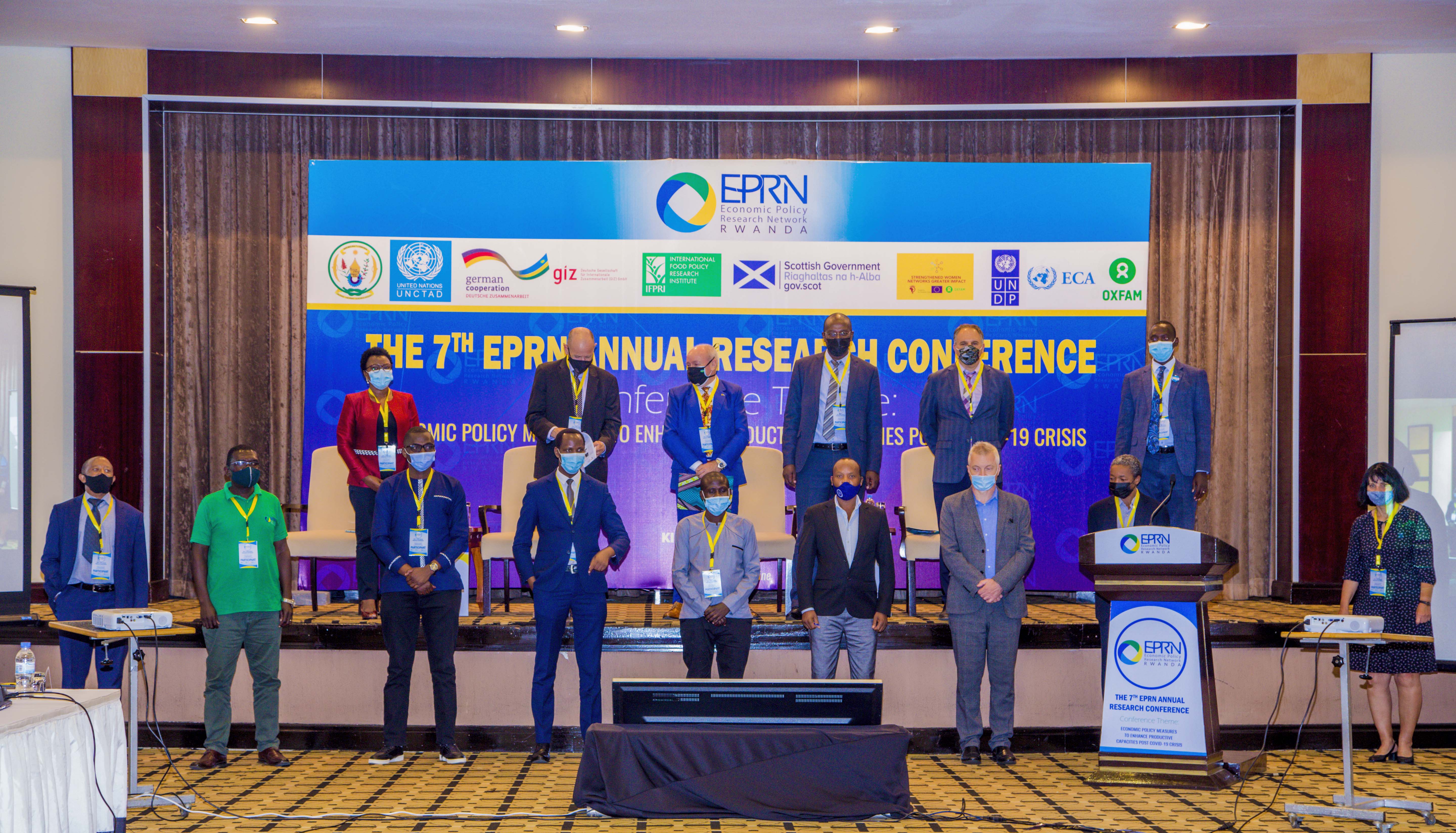AGRO-ENTERPRISES DEVELOPMENT IN RWANDA : Opportunity and Challenges in Horticulture Value Chain
By : EPRN experts and Oxfam in Rwanda Team.
Introduction
Rwanda’s horticulture sector is characterized by an ideal climate, fertile soil and an abundant, hardworking labor force. The potential to develop a vibrant horticulture industry in Rwanda is undoubtedly on the move. Rwanda’s horticulture exports increased from US$5 million in 2005 to $US25 million in 2018 (NAEB 2020).
Rwanda has several favorable conditions for horticulture production such as a mild climate, sufficient water, sufficient labour, growing demand due to growing middle class and urban population. This provides opportunities in the value chain such as the development of added value products and services in areas such as processing, cold chain logistics and infrastructure (e.g. cold stores, packaging).
Most of Rwanda’s vegetables and fruits are sold and consumed in fresh form. However, processed horticulture/value-added horticulture products are emerging. Processed horticulture exports include pineapple juice, dried pineapple, mango juice, passion fruit juice, dried and canned vegetables, and pastes like tomato and strawberry jams. A significant amount of loss occurs at every step in the horticulture value chain, from the farmer to the market (harvesting, handling, transporting, sorting, packaging, storage etc). A joint assessment carried out in 2017 by the University of Rwanda (UR), Rwanda Agriculture Board (RAB), and National Agriculture Export Development Board (NAEB) showed that about 40 per cent of fruits and vegetables was lost before reaching the end user. Other challenges reside in lack of packaging materials for processors and poorly organized value chain players.
Doc 1




